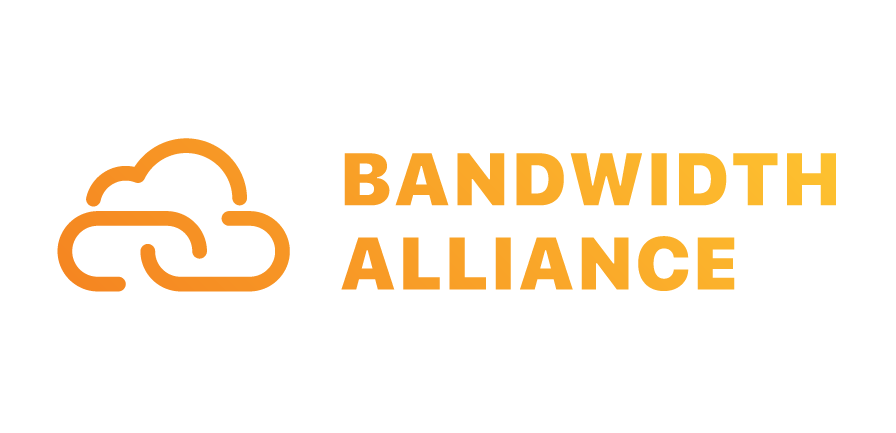DI.FM 使用 Backblaze 和 Cloudflare 的带宽联盟消除出口成本
Digitally Imported (DI.FM) 是全世界电子音乐爱好者的在线收音机。DI.FM 成立于 1999 年,当时只有一个频道,如今通过 Web、移动应用程序和第三方流媒体合作伙伴提供 90 多个专业频道。通过 100% 人工编制的广泛电子音乐目录,DI.FM 以纯粹性、独创性和深度确保了卓越的聆听体验。
The Challenge
DI.FM 寻求一个可以信赖的全球交付和性能平台,以从其托管的源站可靠地为全球提供流媒体服务。此外,他们希望在实现这一目标的同时,不为存储、数据从源站传输到内容交付平台以及最终分发给最终用户的活动支付高额费用(许多云供应商为此流程的每个步骤都收取了额外的费用)。
This is where the Bandwidth Alliance came in: by pairing Backblaze's affordable and reliable object storage with Cloudflare's global cloud platform, including its best-in-class CDN, DI.FM found a path to a modern and resilient media streaming solution that integrates well with their hybrid infrastructure — while achieving major cost savings.
The Bandwidth Alliance Solution

流媒体是 DI.FM 业务的核心,如果没有全球云平台来处理分发,它们的产品就没法运转。他们需要一个价格透明且可预测的合作伙伴,并且需要有足够的能力为全球客户群提供服务。
在 DI.FM 最初评估潜在合作伙伴时,他们进行了优化,以平衡其源站和 CDN 之间的价格,然后再次考虑了 CDN 的接入点与最终用户之间的传输成本。DI.FM 评估的许多供应商都对这些传输收取较高费率,使用复杂的捆绑套餐榨取额外的费用,并且缺乏 DI.FM 所需的全球覆盖范围。
The Bandwidth Alliance proved to be the answer. By migrating to Cloudflare, DI.FM was immediately able to deliver content from Cloudflare’s global network, spanning over 330 cities in 90 countries worldwide. Now, listeners who previously had to deal with the latency of streaming content from remote servers are seeing a vastly improved experience, with tunein latency (the delay between pressing play and audio starting in their client) improving by as much as 300ms.
除了使用 Cloudflare 对媒体进行流传输和分发 Web 内容外,DI.FM 还利用 Cloudflare 强大的安全保护功能来确保 DI.FM 的站点和 API 安全,包括混淆其源站的位置。
同时,DI.FM 开始使用 Backblaze 的 B2 storage,这是类似于 AWS 的 S3 的活动对象存储,但成本只是 S3 的零头。由于 Backblaze 和 Cloudflare 都是带宽联盟的合作伙伴,因此它们免除了其他云供应商通常收取的出口费用,这意味着 DI.FM 无需付费即可将内容从 Backblaze 的存储转移到 Cloudflare 的全球网络。
“借助带宽联盟,DI.FM 已准备好根据不断增长的需求进行有效扩展:将内容存储在 Backblaze B2 上(成本仅是 S3 的1/4),并通过 Cloudflare 的全球交付网络以零出口费用进行传输。”Backblaze 销售副总裁 Nilay Patel 表示
About the Bandwidth Alliance
许多云提供商收取的数据传输费可能成为您云托管账单的固定组成部分。由于云提供商使用其自己的全球电信骨干网或中转服务提供商来承载流量,因此会产生基础结构成本,并将其作为数据传输费转嫁给客户。
Most cloud providers that deliver traffic to users via Cloudflare share a presence with Cloudflare in the same data centers around the world. In these data centers traffic is transferred locally through a peering connection, minimizing infrastructure costs and transit charges. Our partners have agreed to pass on these cost savings to our joint customers by waiving or reducing data transfer charges.
